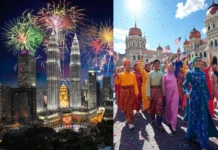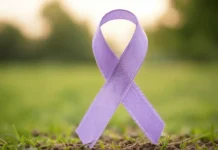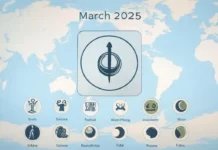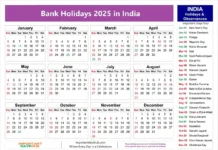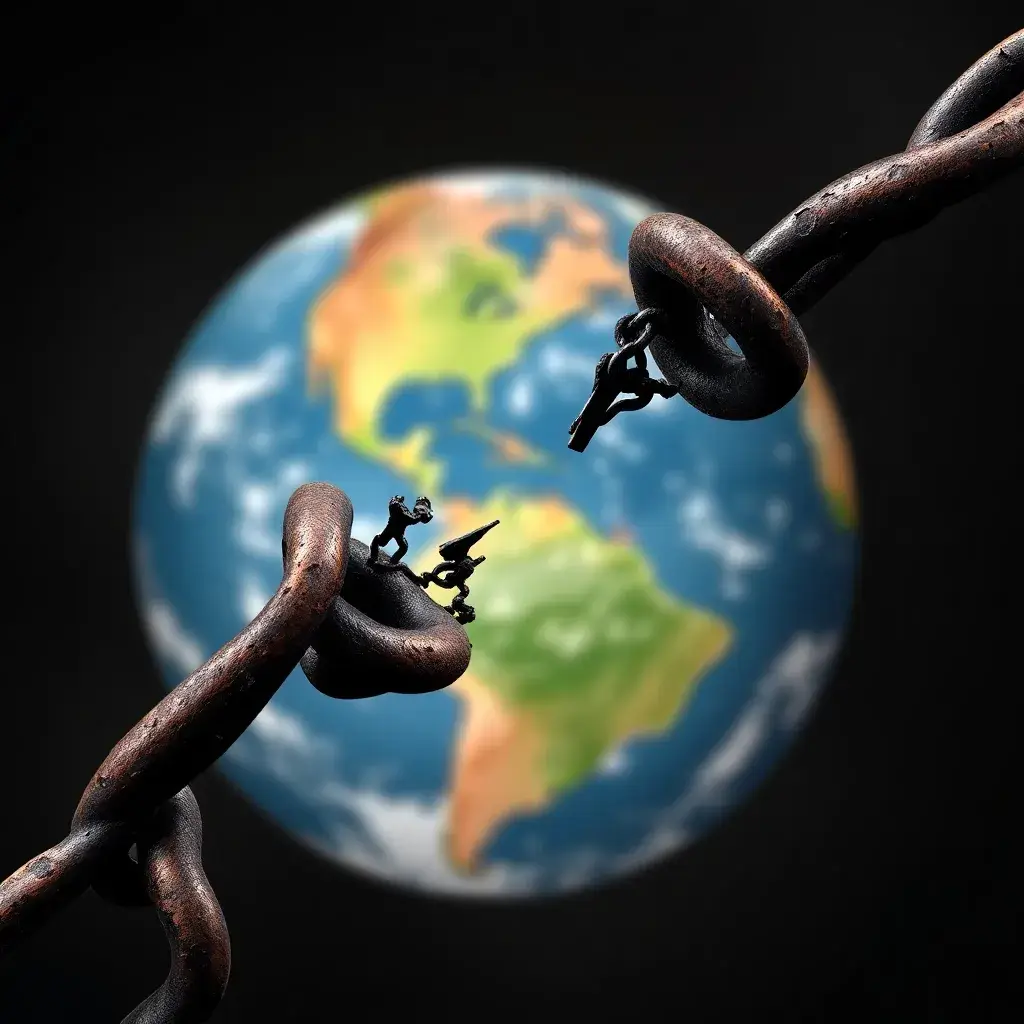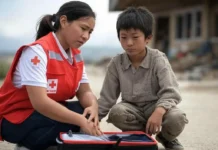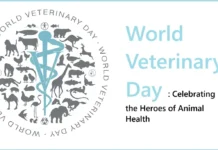Every year on December 2nd, the world observes the International Day for the Abolition of Slavery to raise awareness about modern-day slavery and its persistent effects. This day marks the adoption of the United Nations Convention for the Suppression of the Traffic in Persons and of the Exploitation of the Prostitution of Others in 1949, a landmark agreement that sought to put an end to slavery worldwide. While the formal abolition of slavery in most parts of the world occurred centuries ago, millions of people today continue to live in conditions of forced labor, human trafficking, and other forms of slavery.
The International Day for the Abolition of Slavery serves as a global reminder that human rights should be upheld for all individuals, regardless of their background, nationality, or circumstances. It calls on governments, organizations, and individuals to unite in the fight against exploitation, slavery, and human trafficking. Through education, advocacy, and concrete action, we can continue to push for a world where everyone is free from oppression.
Key Details
| Details | Information |
|---|---|
| Date & Day | December 2 (Monday, 2024) |
| Theme | “Act to End Modern Slavery” |
| Organizing Body | United Nations (UN) |
| Type of Observance | International |
| Best Hashtags | #AbolishSlavery #FreedomForAll #EndHumanTrafficking #ModernSlavery #HumanRights |
History and Origin
The International Day for the Abolition of Slavery was established by the United Nations in 1986 to honor the significant efforts to combat slavery and human trafficking. The day also commemorates the adoption of the Convention for the Suppression of the Traffic in Persons and of the Exploitation of the Prostitution of Others in 1949, which was a pivotal step in global efforts to eradicate all forms of slavery.
Although slavery was formally abolished in the 19th and 20th centuries in many countries, it is still prevalent in various forms today, such as human trafficking, child labor, forced marriage, and the exploitation of migrant workers. The UN uses this day to raise awareness and push for further efforts to eliminate these practices. The observance is also a platform for governments, NGOs, and civil society groups to share their progress, challenges, and actions to end slavery.
Importance and Objectives
The International Day for the Abolition of Slavery serves several important purposes:
- Awareness Raising: The day highlights the ongoing problem of modern slavery, drawing attention to the millions of men, women, and children who continue to suffer under oppressive conditions.
- Encouraging Action: Governments, organizations, and individuals are encouraged to take proactive steps in their communities to combat human trafficking and forced labor.
- Promoting Global Cooperation: It underscores the importance of global cooperation in the fight against slavery, with international frameworks like the UN’s Sustainable Development Goals (SDGs) working toward the eradication of all forms of slavery.
- Empowering Victims: The day also focuses on the stories of those affected by slavery, raising their voices and ensuring they receive justice, support, and the opportunity to rebuild their lives.
How It Is Celebrated
On December 2nd, people across the world observe this important day in various ways, focusing on education, advocacy, and raising awareness. Here’s how it is celebrated globally and in India:
- Educational Campaigns: Schools, universities, and community centers organize educational programs, seminars, and workshops to inform people about the ongoing issue of modern-day slavery. These events often feature speakers from anti-trafficking organizations, human rights activists, and survivors of slavery.
- Global Protests and Marches: Various human rights organizations and activists hold public marches and protests to demand action against human trafficking and forced labor. These demonstrations are an opportunity for communities to unite and show their support for the abolition of slavery.
- Social Media Campaigns: On Social Media, the day is marked by hashtags like #AbolishSlavery and #EndHumanTrafficking, with people sharing articles, images, and videos to raise awareness and educate others about the issue.
- Partnerships and Pledges: Governments, non-governmental organizations (NGOs), and businesses often use the day to announce new partnerships and initiatives aimed at fighting human trafficking, promoting workers’ rights, and protecting vulnerable populations.
- India’s Observance: In India, where child labor and human trafficking remain significant concerns, organizations and government bodies hold rallies, seminars, and awareness campaigns. There are also efforts to promote policies that provide greater protection for vulnerable populations, including migrant workers.
- Documentaries and Film Screenings: Several NGOs and media organizations use this day to screen documentaries or films that highlight the horrors of modern slavery, offering viewers an in-depth look into the experiences of victims.
Interesting Facts
- The International Labour Organization (ILO) estimates that 40 million people worldwide are currently victims of modern slavery, including forced labor, human trafficking, and child exploitation.
- Human trafficking is considered one of the fastest-growing criminal activities in the world, generating billions of dollars annually for traffickers.
- Slavery still exists in many forms across various regions of the world, with India, China, and Russia being some of the countries with the highest numbers of enslaved people.
- The Sustainable Development Goal (SDG 8.7) aims to end modern slavery and human trafficking by 2030.
- Modern slavery disproportionately affects women and children, who are vulnerable to exploitation, trafficking, and forced labor.
Quotes or Messages
“Slavery is not a thing of the past. It is happening today, and we must act to end it.” – Unknown
“Freedom is the birthright of every human being. Let us work together to ensure it for all.” – Unknown
“Modern slavery is an affront to human dignity and it must be eradicated.” – UN Secretary-General
Conclusion
The International Day for the Abolition of Slavery serves as a stark reminder that the fight against slavery is far from over. Millions of people around the world are still subjected to exploitation, trafficking, and forced labor. It is crucial that we continue to raise awareness, promote education, and take action to end these practices once and for all.
We encourage you to join the conversation by sharing your thoughts on how we can contribute to the fight against modern slavery. Engage in online campaigns, spread awareness on social media, and support organizations that work toward the abolition of slavery. Let’s work together to build a world where freedom is a reality for everyone.
Join our WhatsApp Channel to stay updated on important global observances like this, and feel free to explore our other articles on key days dedicated to human rights and social justice.




